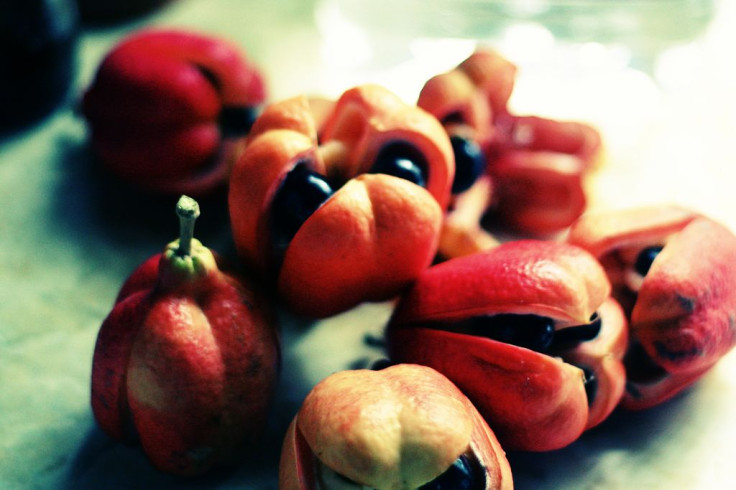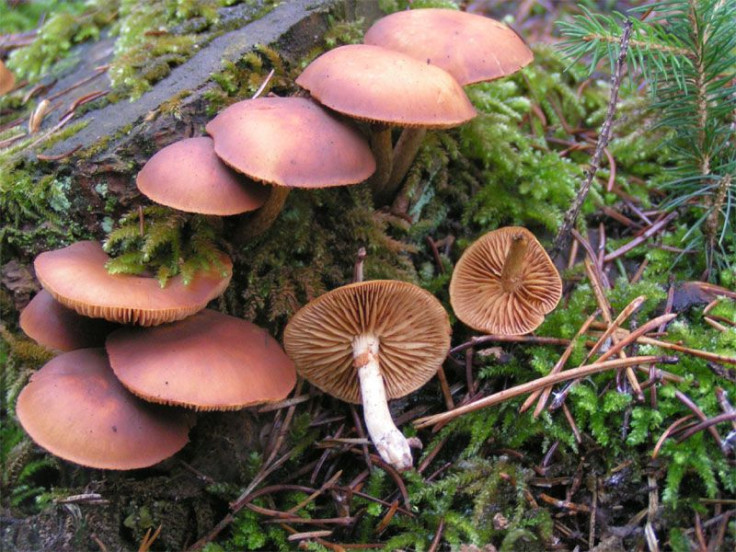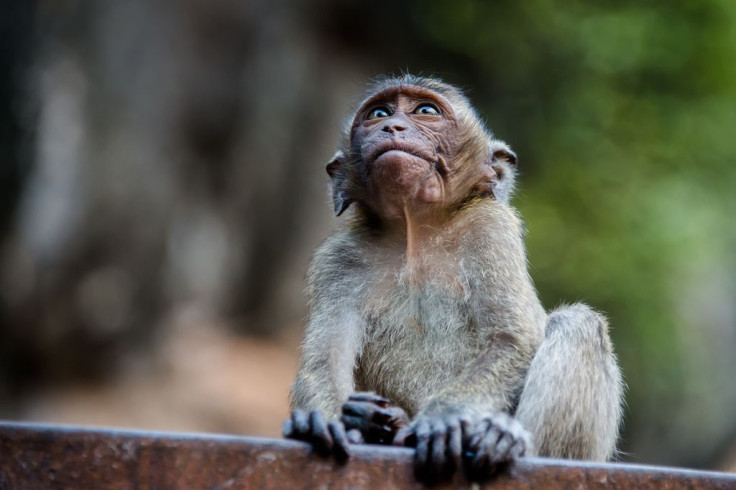The World's Most Dangerous Foods: 5 Foods You Have To Be Crazy To Try

For most of us, when we think of being stranded, and having to survive off of things we find in a forest or jungle, the first thought that may come to mind is, “what is edible and what will kill me?” Though deadly foods are definitely in these areas, you don’t have to be stranded to find the world’s deadliest foods.
Fugu
If you’ve ever seen this episode of The Simpsons, then you’ll remember the one time Homer ate poisonous fish. The pufferfish, also known as blowfish, is native to Japan, and has a liver and internal organs that are extremely dangerous to eat. They all contain the poison tetrodotoxin, which, according to the Centers for Disease Control and Prevention (CDC), causes dysfunction in the nervous system, resulting in paralysis and death. There is no known cure for the poison.

So, why do people eat it? As one of the Simpsons chefs says, “If sliced properly, it can be quite tasty.” Fugu chefs are required wherever it’s sold to earn a license in cutting and preparing the fish for human consumption. Many Westerners jump at the chance to eat the storied fish, and experienced chefs will even leave a tiny amount of poison in the fish to induce a tingling sensation on the tongue of diners, according to Vagabondish.
Ackee
There are many fruits out there that will kill you if you’re not careful. The seeds of apples, cherries, peaches, and plums all contain small amounts of the toxin cyanide, which activate upon being crushed through chewing. The seed of the African-turned-Jamaican pear-shaped fruit is no different, also containing poison, though this time it’s hypoglycin.

The potent toxin induces severe hypoglycemia, which is characterized by abnormally low blood glucose levels, according to the American Diabetes Association. Symptoms include fatigue, lack of coordination, shakiness, seizures, and unconsciousness. The plant’s dangers don’t stop there, though, making us question how this could be Jamaica’s national fruit. According to Vagabondish, people who don’t wait for the fruit to ripen may also become sick from the hypoglycin.
So, why do people eat it? When it actually is ripe — you can tell when the pods break open on the tree — the fruit offers a wealth of essential fatty acids, vitamin A, zinc, protein, fiber, and other healthy nutrients.
Mushrooms
Not the mushrooms you buy at the store, and not magic mushrooms either. It’s the mushrooms you find when you’re stranded in the forest that you should try to avoid, or at the very least become educated about. Poisonous mushrooms, which are sometimes referred to as toadstools, include the Death Cap, Fool’s Mushroom, and Autumn Skullcap.

As their names suggest, their toxins can cause symptoms from abdominal pain to vomiting, and liver damage to death. Though ingesting small amounts of the toxin is sometimes treatable, eating large amounts will almost certainly cause irreversible damage, according to Delish.
Casu Marzu
If you think you’ve had some of the most foul-smelling cheese on the planet, you might want to think again. Casu Marzu will top anything you’ve ever had. Why’s that? The stinky sheep’s-milk pecorino cheese is left out to ferment for days. Some compare its flavor to Gorgonzola, but it comes with a twist — lots of them. Tiny, twisty, crawly maggots. As the cheese ferments out in the open for a couple of days, flies lay their eggs in the cheese, resulting in a catalyzed fermentation process, according to Travel + Leisure.
Though many will call the cheese garbage, die-hard fans of it in Sardinia swear that it’s good as long as the maggots are still alive. They eat it along with the maggots, which must be alive to avoid extra toxicity. Nevertheless, eating it with the maggots can result in their setting up shop in your intestines, causing vomiting, diarrhea, and cramps. Eat at your own risk, because this one’s for the big boys.
Monkey Brains
Monkeys are so plentiful in Southeast Asia, from Malaysia to Singapore, and even in parts of China. So it should come as no surprise that, if the animal is plentiful, there will be people eating it. Still, that doesn’t mean that you should. Those who take a chance eating monkey’s brains also run the risk of contracting Creutzfeldt-Jakob disease, a neurodegenerative disorder similar to Mad Cow disease, which causes progressive dementia, impaired vision, depression, and eventually death.

“The disease is transmitted through neural tissue, and the brain is the neural tissue,” Eric McLaughlin, a travel doctor from Tucson, Arizona, told Travel + Leisure. “So if you’re eating that, that’s where the virus is.”
Published by Medicaldaily.com



























